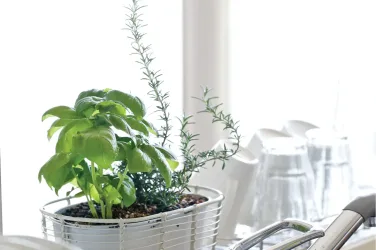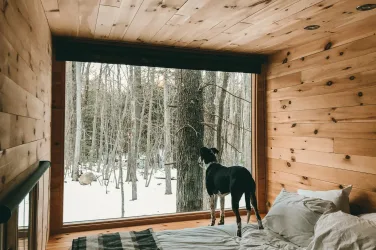Give some unkillable plants a try
So maybe you’re not the best gardener. And despite your best efforts, the plants in your home and garden end up shriveled or diseased. You toss them out, cursing your non-existent green thumb. But hey, don’t beat yourself up. Knowing what to plant, where, and in which season, takes practice. Thankfully, there are beautiful “unkillable” plants that will boost your confidence and brighten up your home and garden! Here are some seasonal ones to consider, according to Matt Michaels, Lowe’s Home Improvement spokesperson.
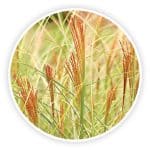 Winter: Ornamental Grasses
Winter: Ornamental Grasses
These fast growing, statement-making plants are low-maintenance, need little watering, and look good in winter when there’s little else to look at.
 Spring: Daylily
Spring: Daylily
Although they prefer sun, daylilies can take a fair amount of shade and still bloom. In hues of yellow, gold, pink, red, and orange, this feisty perennial is a definite favorite. Plus, it’s rugged enough to endure the occasional trampling.
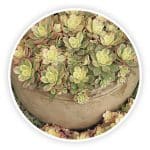 Summer: Succulents
Summer: Succulents
Succulents are masters at conserving water. Add them to your summer garden or containers and they won’t fret if you miss a few days of watering. They also make great indoor plants requiring minimal maintenance.
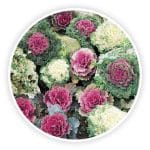 Fall: Kale
Fall: Kale
Ornamental kale offers big, colorful, frilly leaves in white, purple, pink, and green-blue. Kales like the cool temperatures of autumn, and they’ll stand up to frost, too.
Better Planting Practices
According to Missy Henriksen, Vice President of Public Affairs for the National Association of Landscape Professionals, plants are often killed off during their establishment stage because of their vulnerable root system. “It is all too easy to kill plants with neglect, or too much love,” she said, which translates to not watering enough or watering too much. Another killer? Improper planting practices, which include placing shrubs and flowers too deep in the soil or leaving air pockets near the roots.
Here are some good planting rules, according to Henriksen:
- Set the new plant slightly higher than the existing soil level. Dig the hole wider than needed but leave undisturbed soil under the plant so it will not settle when watered.
- Backfill the hole around the plant with soil dug from the hole. Pack it firmly around the plant and use water from a hose to ensure that soil settles around the plant leaving no air pockets. Use the excess soil to build a saucer that will hold water over the roots when you water.
- Keep the soil around the plant moist by watering frequently for the first several weeks after planting. The soil should be moist to the touch but not constantly saturated with water.
Need more help? Visit LoveYourLandscape.org for landscape tips from the professionals.
By LaRue V. Gillespie








